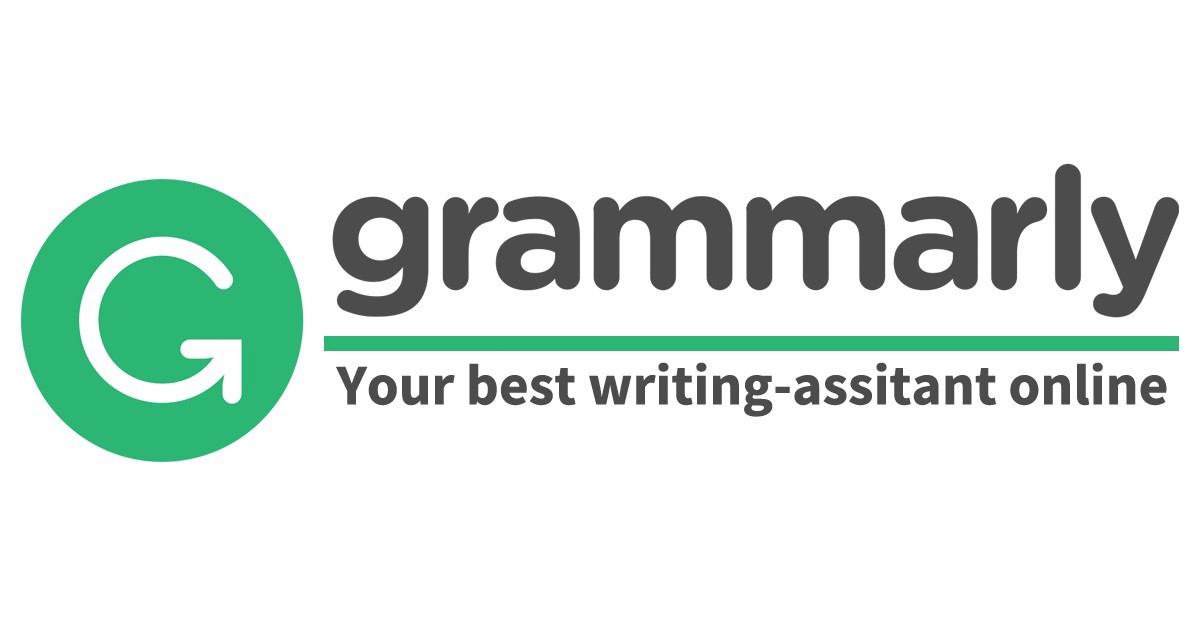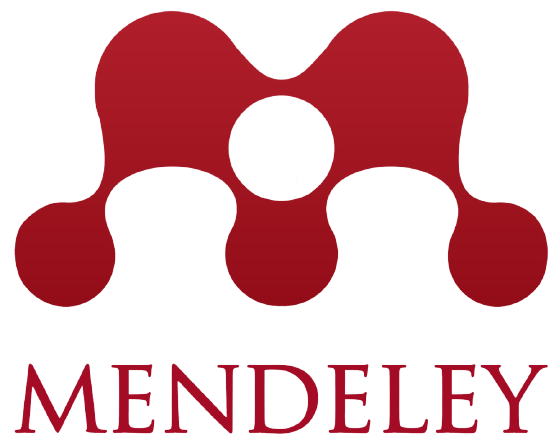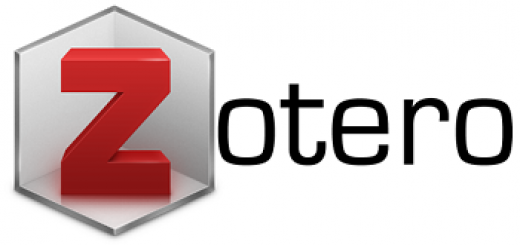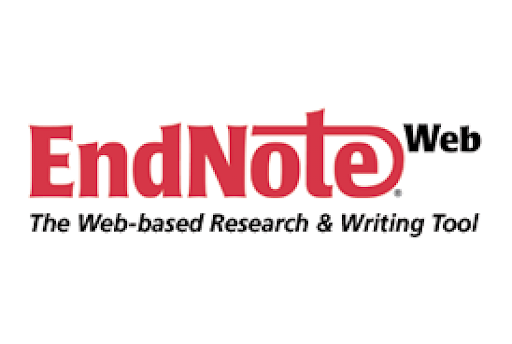A Competitive Advantage Strategy Through The Use Of Technology Marketing Information, And Orientation Of Learning With Performance As An Intervening Variable
Abstract
This study aims to determine the significance of the positive influence of marketing information technology, learning orientation, and performance on competitive advantage, to determine the significance of the positive influence of marketing information technology and learning orientation on performance, and to determine the effect of the use of information technology and learning orientation on competitive advantage through performance as an intervening variable. This research uses quantitative methods. Research variables consist of information technology, learning orientation, performance, and competitive advantage. The population in the study is all Small and Medium Enterprises (MSME) Pottery entrepreneurs in Kasongan, Bantul Regency. The sampling method is purposive sampling, based on the characteristics or criteria of the sample size of 60 respondents. The data collection method uses a questionnaire. The analysis technique used is multiple linear regression equations with a significance level of 5%. The results show that the use of information technology, learning orientation, and performance have positive and significant effects on competitive advantage in the SMEs of Pottery Kasongan, Bantul Regency. The use of information technology and learning orientation have positive and significant effects on the performance of the Small and Medium Enterprises (MSME) Gerabah Kasongan, Bantul Regency. On the other hand, performance can mediate the effect of the use of information technology and learning orientation on the competitive advantage.
References
[2] Saksono, Slamet, Administrasi Kepegawaian. Yogyakarta: Kanisius, 2009.
[3] Sidik, Hery, “Bantul dominasi ekspor industri di DIY”, jogja.antaranews.com, 2018.
[4] Tobin, J., “An Examination of the Corporate Social and Environmental Disclosure BHP from 1983-1997 a Test of Legitimacy Theory”, Accounting, Auditing, and Accountability, Vol. 15, No. 3, pp 312-343, 2003.
[5] Pelham, A.M., and D.T. Wilson, “A Longitudinal Study of Impact of Market Structure, Firm Structure. Strategy and Market Orientation Culture on Dimensions of Small-Firm Performance”, Journal of the Academic of Marketing Science, Vol. 24, pp. 27-43, 1996.
[6] Mohamad, Yusak Anshori, “Pengaruh orientasi pasar, intelectual capital, dan orientasi pembelajaran terhadap Inovasi (Studi Kasus pada Industri Hotel di Jawa Timur)”, Jurnal Manajemen Bisnis, Vol. 3 No. 3, 2010.
[7] George and Jones, “Organizational Culture, Learning Orientation And Effectiveness”. (Unpublished doctoral dissertation). Auburn University, USA, 2012.
[8] Anshori, Y. (2010). Manajemen strategi hotel. Cetakan kedua, Surabaya: Putra Media Nusantara.
[9] Ferdinand, Augusty, “Manajemen Pemasaran: Sebuah Pendekatan Strategy”, Research Paper Series. No.01 Program Magister Manajemen Universitas Diponegoro, 2012.
[10] Bagas Prakoso, “Pengaruh Orientasi Pasar, Inovasi Dan Orientasi Pembelajaran Terhadap Kinerja Perusahaan Untuk Mencapai Keunggulan Bersaing (Studi Empiris Pada Industri Manufaktur Di Semarang)”, Jumal Studi Manajemen & Organisasl. Vol. 2 No. 1, 2005.
[11] Mowen, Michael Minor, Perilaku Konsumen Jilid 3 Edisi Kedelapan. Jakarta : Erlangga, 2012.
[12] Fatonah, Siti, “Pengaruh Bauran Pemasaran, Dan Orientasi Pasar Terhadap Keunggulan Bersaing Dalam Meningkatkan Kinerja Pemasaran Pada Perusahaan Batik Di Surakarta”, Jurnal Ilmu Ekonomi dan Manajemen, Vol. 6 No. 1, 2009.
[13] Kotler, Philip. Manajemen Pemasaran. Jakarta: Erlangga. 2012.
[14] Stata, Ray, "Organizational Learning - The Key to Management Innovation", Sloan Management Review, p.63- 74, 1989.












 This work is licensed under a Creative Commons Attribution-ShareAlike 4.0
This work is licensed under a Creative Commons Attribution-ShareAlike 4.0